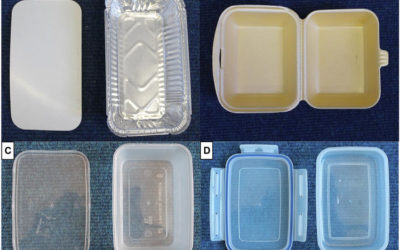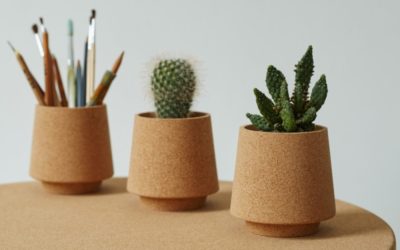PLA stands for “polylactic acid”. To most people, that rightly means nothing, but one of the most important things to know about PLA from the very start is that it’s compostable under the right conditions. That instantly makes polylactic acid sound more interesting, especially when more customers than ever are making choices based on how environmentally friend they are. So, what is PLA and why is it revolutionising the way businesses do water cups?
What is PLA?
Without getting too technical, PLA is made from fermented plant starch with corn starch a popular one, though cassava, sugarcane and sugar beet are also frequently used. What this essentially means is that it’s derived from natural materials, and it’s easier to mould into the shapes required by cups and takeaway containers because it requires significantly less energy to make than traditional plastic. If that isn’t reason enough, remember there’s a compostable element in play here too.
PLA and the Compostable Debate
While PLA is compostable, it’s not the type of composting that you can do in your garden. PLA can’t be thrown in with general plastic recycling because, technically, it’s not going for recycling. It needs to be disposed of in an industrial composting facility, and there aren’t as many of these around as there should be. However, as industry catches up with customer demand, the importance of having adequate facilities becomes even more important. There will be more compostable facilities available soon and, in the meantime, the benefits of PLA are too compelling to ignore.
Why Choose PLA?
As an alternative to conventional plastic, PLA is almost unparalleled. Take these benefits as examples of why it’s becoming more popular every year:
- It uses plant products rather than oil
- It has a carbon footprint of up to 75% less than conventional plastic
- It is the only major plastic that is compostable
- It is non-toxic
One thing to note is that there are two different types of PLA – one that is heat resistant and one that isn’t. Until comparatively recently, technology hadn’t caught up with the fact that PLA cups tended to crumple when used with hot liquids. Now, however, there are heat resistant options that will handle all your hot drinks and food as well as the cold ones.
Should Your Business Switch to PLA?
The major thing to remember about PLA is that it represents a huge leap forward. Instead of sending unrecyclable plastic bottles to landfill, plant-based materials are making them compostable. As well as this, instead of using oil, we’re leaving it in the ground and using fermented starch. Not to mention the fact that we’re using up to 75% less energy thanks to all of this.
There’s no denying that PLA is far more environmentally friendly than some alternatives out there on the market. As a business, can you afford to ignore the benefits of PLA cups and other similar alternatives? Customers are voting with their feet, so don’t get left behind.
Fancy reading some more?
Should You Protect Your Employees with Disposable Face Masks?
As the impact of coronavirus continues to be felt around the world, there are frequent questions here in the UK about getting back to work and how that’s likely to happen in the short term. One of the contentious elements in all this has become face masks. Should your...
read moreEco Friendly Takeaway Containers
Picture the average lunchtime in a city centre and the thousands of takeaway containers being purchased by hungry customers. The chances are, these will mostly be made of polystyrene and plastic, and they’ll be sent straight to landfill after use. Increasingly,...
read moreHow Cork is Starting a Quiet Revolution
Environmentally friendly materials are found in things we see every day and harnessing the power of these materials can help reduce our carbon footprints and provide some innovative solutions to daily challenges. Cork is one of those materials you might not think of...
read more


